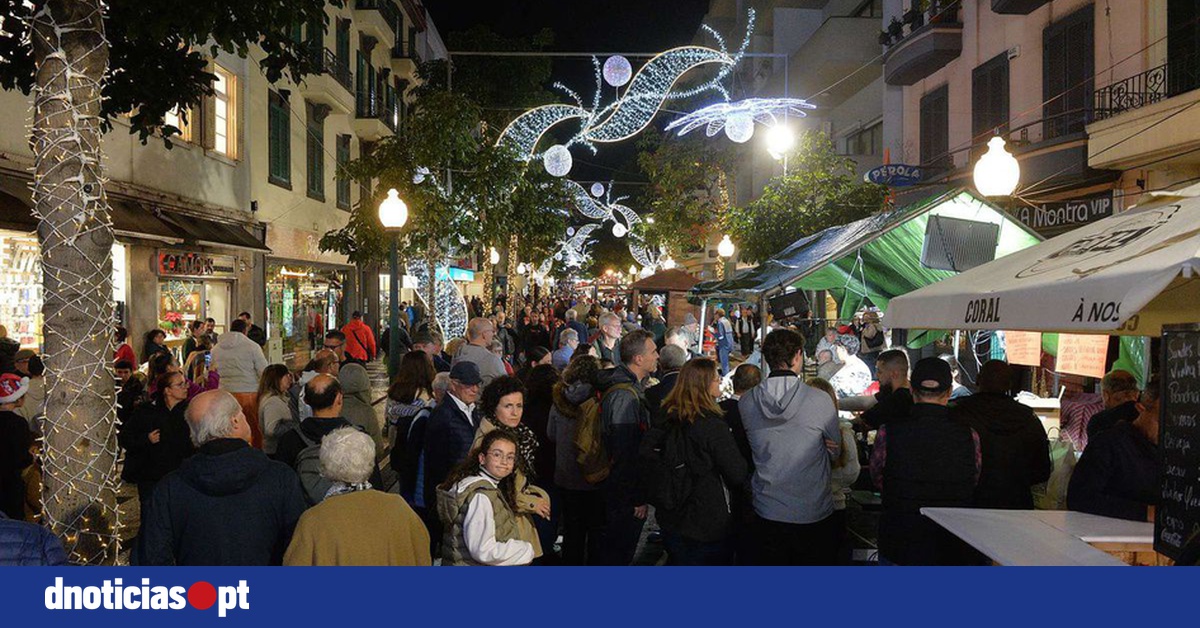Summary:
Lisbon City Hall unveiled new projects for pedestrian mobility in September.
The event A Pé Por Lisboa celebrated the 10th anniversary of the Pedestrian Accessibility Plan.
Innovations include tactile signaling for visually impaired pedestrians.
The Há Vida No Meu Bairro program promotes pedestrian-friendly neighborhoods.
João Vieira emphasized the integral role of public transport in pedestrian mobility.
Lisbon's Commitment to Pedestrian Mobility
In a recent event held in September, the Lisbon City Hall unveiled various projects and programs aimed at enhancing pedestrian mobility throughout the city. While these initiatives mark significant progress, there remains a considerable amount of work to be done to make Lisbon more accessible and walkable.
 Image caption: A person running on the pedestrianized Rua da Prata (photo LPP)
Image caption: A person running on the pedestrianized Rua da Prata (photo LPP)
The Event: A Pé Por Lisboa
The event, titled A Pé Por Lisboa, took place on September 18, coinciding with the European Mobility Week. It served as a precursor to Walk21, an international conference on pedestrian mobility being held in Lisbon for the first time. The gathering also celebrated the 10th anniversary of Lisbon's Pedestrian Accessibility Plan, a comprehensive document guiding the city's efforts to promote walking and accessibility. Pedro Nave, head of the Pedestrian Accessibility Plan Division, shared insights and advancements achieved during this period.
Pedro highlighted, "The Lisbon City Hall is often accused of not prioritizing pedestrian projects, but these presentations will dispel that notion. Much has been done for pedestrian accessibility, including significant projects like those on Avenida da República.” He also acknowledged that not all interventions receive the visibility of large-scale projects, stating, “Some initiatives may be less noticeable, yet they contribute significantly to pedestrian connectivity.”
Addressing the Challenges of Pedestrian Infrastructure
While the Portuguese pavement is admired for its artistic value, Nave admitted it is not the best surface for daily walking. He noted, "Although the pavement is beautiful, it becomes polished with use, and when not well maintained, stones can displace and create holes.” The city has been exploring smoother materials like concrete for walkways while reserving traditional pavement for historical sites.
Safety and Inclusivity in Public Spaces
Nave emphasized the importance of safety in public spaces concerning pedestrian mobility, stating, “It’s not just about mobility for those with disabilities; gender issues also play a role. Women often take different routes than men, impacting their choices.” Innovations like tactile signaling for visually impaired pedestrians are also being introduced.
Revamping Neighborhoods and Enhancing Urban Life
During the A Pé Por Lisboa event, various programs promoting walking were introduced, including Há Vida No Meu Bairro, aimed at revitalizing public spaces and ensuring comfort on sidewalks. The initiative is based on the 15-minute city concept, which promotes functional neighborhoods with nearby services, making walking a safe and pleasant experience.
The Role of Public Transport in Walking
João Vieira from Carris emphasized the connection between public transport and walking, noting that “public transport users navigate a complex system, and nearly every journey begins or ends with a walk.” Enhancing pedestrian paths around major transport stops is crucial for improving user satisfaction.
Future Steps and Ongoing Challenges
Despite these efforts, significant challenges remain for pedestrians in Lisbon. Issues such as inadequate infrastructure and safety concerns persist, underscoring the need for continued investment and innovation in pedestrian mobility solutions. Lisbon is actively working on a revised Pedestrian Accessibility Plan, aiming to address unmet needs and include groups previously overlooked, such as individuals of short stature and those with obesity.
 Image caption: Creating safer crossings and planting trees is part of the Arrefecer a Cidade program (courtesy of CML)
Image caption: Creating safer crossings and planting trees is part of the Arrefecer a Cidade program (courtesy of CML)










Comments
Join Our Community
Create an account to share your thoughts, engage with others, and be part of our growing community.